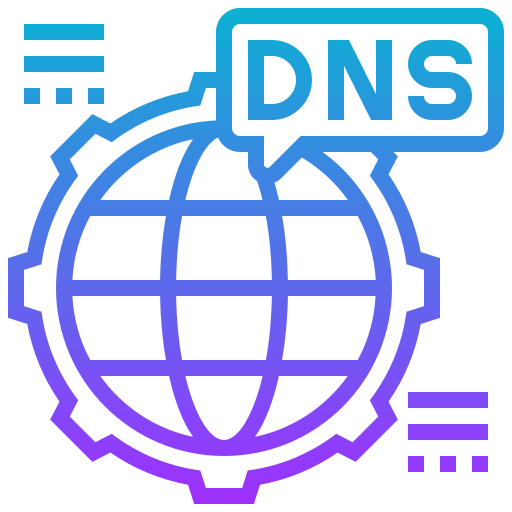Server Migration
Product Support
Immediately speak to human concerning your migration dilema.
Talk to Our Sales Humans
Thinking of moving to somewhere nicer than where you are? We are standing by!
New to migration?
Please make sure you have the proper details in order prior to your migration to make the process as seemless as possible while avoid data loss.:
Pertinent Information may include:
- SFTP hostname and IP address
- Server credentials, including MYSQL database access with login credentials
- Advanced DNS access
How do I prepare?
Here are specific examples of the information that would be needed for a server migration:
- Server configurations: Information such as the server’s operating system, CPU, memory, storage, and network configurations.
- Dependencies: Information about any dependent software or services that are required for the applications on the server to function properly, such as database software or web servers.
- Applications: Information about the specific applications and services that are running on the server, including their version numbers and any custom configurations.
- Network infrastructure: Information about the current network infrastructure, including IP addresses, DNS configurations, and firewall rules.
- Authentication and security: Information about the current authentication and security mechanisms in place, such as SSH keys or SSL certificates.
- Backup and restore: Information about the current backup and restore procedures and schedules, as well as the location of the backup files.
- Data migration: Information about the data that needs to be migrated, such as database dump, file transfer protocol (FTP) or secure file transfer protocol (SFTP) credentials and the destination.
- Cloud provider information: if the migration is to a cloud provider like AWS, the necessary information such as access key and secret key, region, VPC and subnet, security groups, IAM roles and policies.
- Monitoring: Information about the current monitoring and alerting mechanisms in place and how to configure them on the new server.
- Communication plan: Information about how the migration will be communicated to users and stakeholders, and what steps will be taken to minimize disruption during the migration.
It’s important to have all this information well documented and up-to-date to make the migration process as smooth as possible.
Experience All-Inclusive Web Solutions Tailored to Your Vision
Version A Discover Comprehensive Web Solutions in One Destination Achieve more than just web design – realize your ultimate vision. Our...

What are the details needed for a complete server migration?
A complete server migration typically requires the following details: Source server details: IP address, hostname, operating system, and installed...
